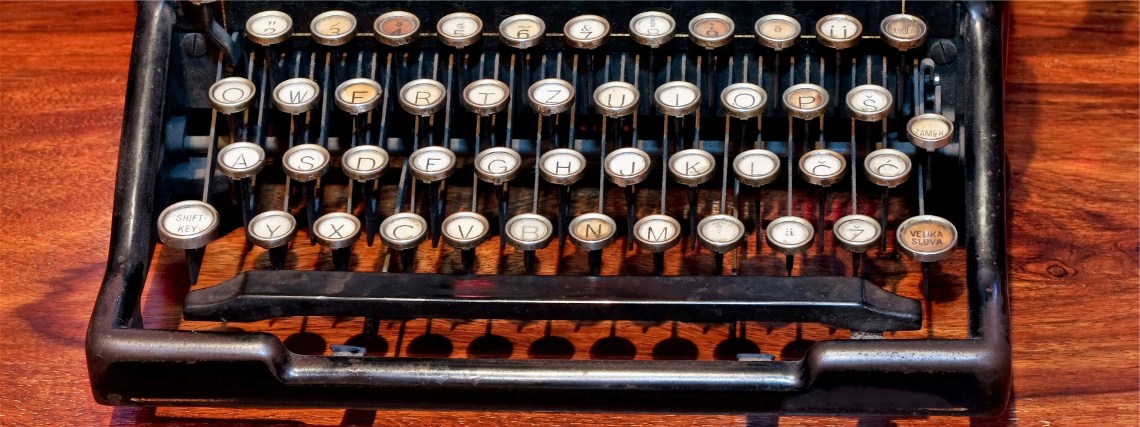 |
||
|
|
My Writing |
|
Jervis Inlet from the communal dock at Hardy Island Last week my family and I spent a week at our friends' cabin on an island off the Sunshine Coast. 62 acres of wilderness on a waterfront property. Sounds expensive? Unaffordable? Not really. Our friends got it for a modest cost and stand to make a healthy profit should they ever sell it. The story of how they ended up with the property is a fascinating one and an instructive one for would-be investors in recreational property. Hence this series. Today's installment, Part 1 tells a bit about the property itself by way of preamble. Part 2 will go over some of the colorful history of the island. And Part 3 will tell of the procedures our friends went through to bring the property to its current state. In the BeginningIn the Spring of 1994, my friend Paul Miniato and his wife Cheryl waxed ecstatic over some property they were buying on Hardy Island, officially part of the Sunshine Coast Regional District and a short boat ride from Saltery Bay, the northern terminus for one of the B.C. Ferries plying the coast. It was an odd situation, as most people buying recreational property buy a lot somewhere, perhaps a few acres. Paul and Cheryl, through some friends, had become part of a consortium of sixteen families that ended up buying 723 acres of undeveloped land. The almost 2000 acre island had been previously subdivided into four parcels. Their parcel was the largest of the four. The owner (who owned the entire island) wanted to develop part of it but lacked the capital. So he was selling two parcels to raise development money. To facilitate the sale, he set up corporations as holding companies for the properties he was selling. The corporation was sold to the sixteen members of the consortium for $750,000. Each put up $50,000 as their share, the surplus $50,000 going into the corporate coffers as working capital. The Miniatos spent the summer of 1994 exploring the island. An Old Salt and his DogWithout a cabin on the island, indeed, without even a boat, travel to the island was awkward indeed. The Miniatos spent several weeks each summer in a rented cabin at Kent's Beach, a campground a few miles up the road from Saltery Bay. In the summer of 1995 they invited us up for a visit. The Kent Beach cabin overlooks Jervis Inlet and Hardy Island is visible across the water. We enjoyed a pleasant time fishing, relaxing, reading but only actually got to see the island close-up once. Paul had made friends with an old salt who lived aboard an aging hulk of a boat moored at Saltery Bay. The skipper was kind enough to take us on a tour past Ball Point on the island and back. The grizzled old man with his leathery face and white beard helped us aboard, then cast off as his only companion, a lab cross, ran excitedly from one end of the boat to the the other. The dog was a story in himself. Not boat trained if you catch my drift, the pooch put a whole new meaning into the term poop deck! As the island got nearer we were thrilled with the natural beauty of the place. Granite cliffs dropping sheer to the water were surmounted by expanses of tall cedars, Douglas fir and arbutus trees with their extravagantly red bark. Interspersed between the cliffs were occasional bays and coves with rocky beaches. The setting is breathtaking. The mouth of Jervis Inlet before us, Hardy Island nearby on our left, the mainland a mile or two to our right and Texada Island off in the distance. Hardy Island is the lesser of two large islands in Jervis Inlet. The larger one, Nelson Island, named after Admiral Lord Horatio Nelson, rises as a massive tree covered mountainous bulge from the sea. Also largely wilderness, it includes a large fresh water lake in its interior. It is separated from the Sechelt Peninsula by the Agamemnon Channel, said by explorer Jacques Cousteau to be one of the best deep sea diving locations in the world. Hardy Island is named after Vice-Admiral Sir Thomas Hardy, Captain of Nelson's flagship the Victory at Trafalgar. It was in Hardy's arms that the mortally wounded Nelson died uttering the immortal words, "never haul down your colours to France for your men will stick to you". Appropriately, Hardy Island is only an arm's length away from Nelson Island separated by a narrow channel of only a hundred yards. Where Nelson Island rises like a monolith from the water, Hardy Island, though hilly, is more or less flat by comparison. Heading back to Saltery Bay the wind came up and we encountered a heavy chop. I had the unsavory pleasure of holding my shoe over the side in the surf to wash it off after a wave made me step in a used portion of aforementioned poop deck!
By the summer of 1996, the consortium had built a communal dock and cleared some roads. Plans were underway for subdividing the land and giving each family individual title to a part of it. The Miniatos had bought a twelve foot runabout and again we spent a week with them at Kent's Beach. One of the great pleasures of that trip was sitting on the beach at night watching the stars. Far out of the city lights, the stars are brighter than you can imagine. We caught a glimpse of a shooting star one evening that fairly blazed across the sky. And if you like the sparkle of the stars, you got a double dose running your fingers through the water lapping at the beach. Tiny flourescent creatures glowed whenever disturbed leaving a trail of sparkles. We visited the island a couple of times and hiked across the property to where an estate used to be. Nothing was left of it except part of a swimming pool built on a rocky outcrop by the water's edge. High tide would fill the pool in that bygone era, but that summer only a few leaky walls remained standing. Even those collapsed last winter. Nearby was the Miniatos first choice for their lot after subdivision. A Week at the CabinAfter missing a couple of years, our family made it out to the Miniatos again in mid-August. They managed to get their first choice of lot and they've built a cozy 800 square foot cabin. They've moved up to a larger power boat now and the island has a communal truck on lease to haul stuff from the dock to the individual lots. We arrived at the communal dock with our week's worth of supplies and trucked off to the cabin. Paul then returned to the dock and motored the boat over to an offshore mooring near the cabin. The island is without electricity so fridge and stove are propane powered. They have a generator, but lugging gas to the island to power it is a nuisance, so they use it just twenty minutes each evening to prepare for bed. Water was gravity run from storage tanks filled by a hand pump until recently, but Paul had a solar powered pump installed the day after we arrived. Solar power is big on the islands of the area.
The Miniato's Cabin (photo courtesy Paul Miniato) Spending a week there, no electricity, no newspapers, no computers - just fresh air, sunshine, the gentle sound of the ocean lapping at the shore and the wind whispering through the branches - well, there's nothing quite like it. Incredibly relaxing. Another common sound, though, often heard in the morning was heavy panting and cries of "Ooh! Eee! Ahhh! Oooh!" No! Not morning delight! Cold water showers! Exclamations and panting didn't make it any warmer, but it did make you feel better. And talk about a great way to conserve water! The cabin does have a hot water tank, but in order to conserve fuel, it wasn't powered up. The kids, with the adults supervising, went fishing from a couple of dinghies on our first morning there. My son was thrilled to catch a whopping red snapper and we were pleased to eat it! Future forays failed to net anything, but we had great fun singing sea shanties and nonsense songs all the same.
Netting the Red Snapper The area has some of the warmest waters anywhere on the coast. The more popular Gulf Islands including Saltspring and Galiano are in the path of tidal currents from the Pacific and much colder as a result. But it's still not California. It was a bit chilly, but with warm patches here and there on the surface. Warm enough to swim across the cove and back.
Inspired by Daryl Maddeaux, the rock on rock artist I wrote about recently, we tried our hand at building rock columns. But the best part was just lazing in the sun, reading, oblivious to the world and its troubles. (The stock market could have crashed and we wouldn't have known about it.) Wildlife abounds on Hardy. A seagull swooped into the water just offshore one morning and flew off with a starfish in its claws. Yellow finches chirped from the thistles. And other swallow-like birds we couldn't identify flew overhead. In the evening, bats would swoop low over the water. No deer were seen, but we did come across their spoor. One day my daughter and I saw a ferret hasten across the beach. And a lone seal was a constant visitor in the bay, popping his head out to watch us fish and swim. A garter snake slithered across my path on two occasions. The island apparently also is home to a bear or two, though we never saw one and the Miniatos haven't either. One was shot last year and if it was the sole inhabitant, the island is now bearless. Later in the week we took a day trip to Savary Island up the coast to the North. This beautiful island features white sandy beaches and reportedly, the largest arbutus tree in B.C.. Captain George Vancouver landed there in 1792 and declared it to be "a delightful plain with a fine, smooth beach before it that rendered the situation most desirable and pleasant and of a beauty such as we have seldom enjoyed."
The island has about a hundred year round residents, all getting along without electricity unless solar or generator powered. Because of its popularity there is a regular passenger only water taxi from Lund on the mainland. Some motor vehicles have been barged over by residents and there was more traffic than we expected. But many residents get around by bicycle as well. It has a general store and two restaurants as well as many homes and cottages. Walking along the road to the other side of the island we saw a number of cottages for sale and were amazed at the reasonable prices. In our last article of this series I'll include links to real estate agents selling island and recreational property across Canada. We spent two more nights on Hardy Island before heading home, tanned and well rested. Part 2: The Man Who Rowed Standing Up, goes over the interesting development of the island leading up to the present day. It used to be an active economic base and once even had enough people to support a small school. The history is fascinating in understanding the life cycles of a small island such as Hardy and the changes that happen with progress as some industries fade out of economic value and new ones develop. The current stage of development as a haven for cottagers may be the final stage of development, then again, who knows. Part 3: Battling Bureaucracy for Fun & Profit of this series goes over the procedures the consortium had to go through to subdivide their land and the expenses incurred by the Miniatos in building their dream cottage. |
|
|
|
|
||
|
Contents copyright ©
Marco den Ouden All Rights reserved |
||
|
|
||















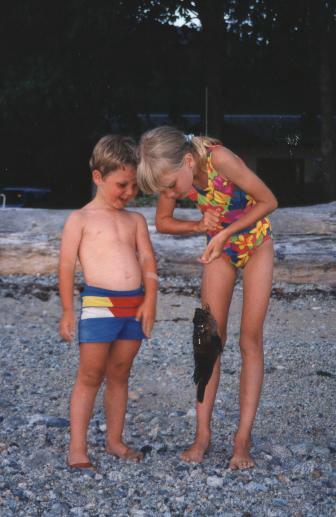 At left: daughter Sarah and Paul's
son Alex admire a rock cod on Kent's Beach - Summer 1996
At left: daughter Sarah and Paul's
son Alex admire a rock cod on Kent's Beach - Summer 1996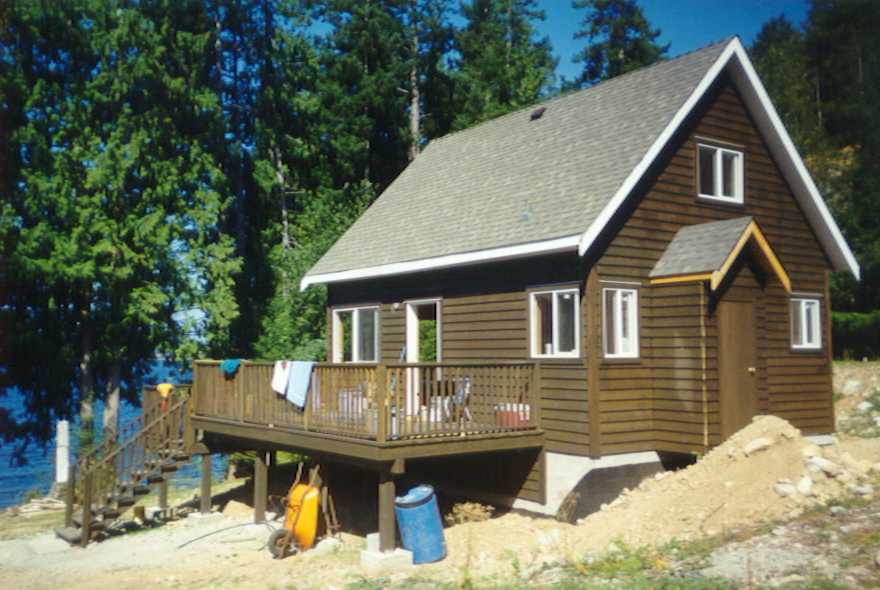
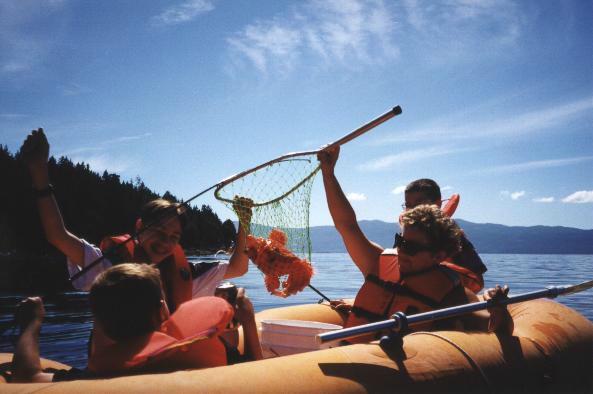
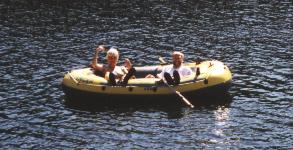 Right: My wife and I float around in the
sunshine. True relaxation.
Right: My wife and I float around in the
sunshine. True relaxation. Left: Yours truly tries his hand at
rock balancing on Savary Island.
Left: Yours truly tries his hand at
rock balancing on Savary Island.